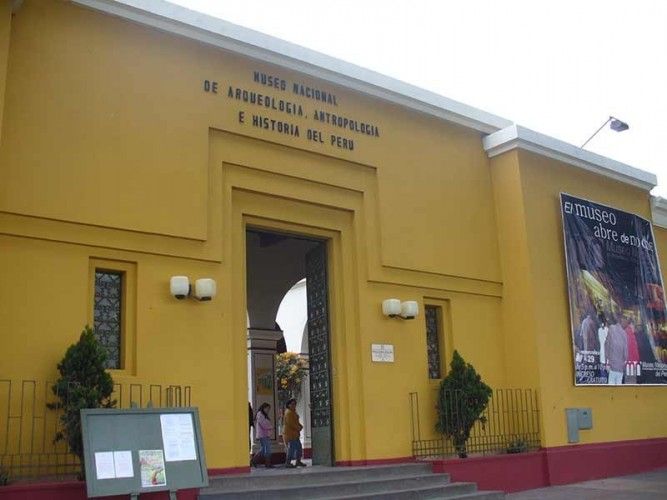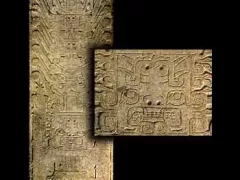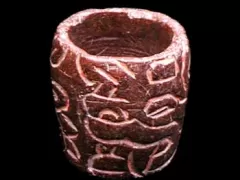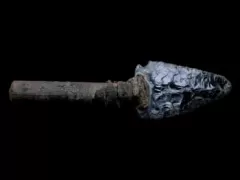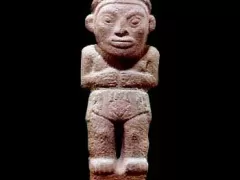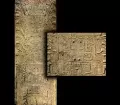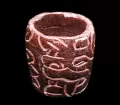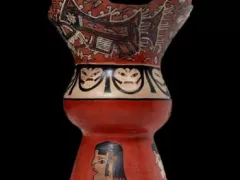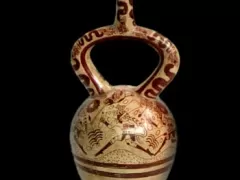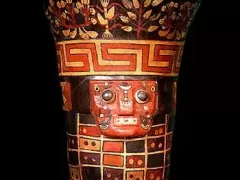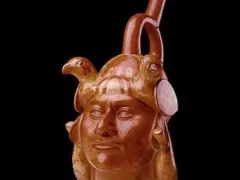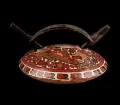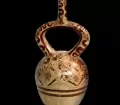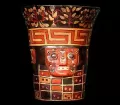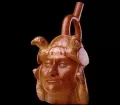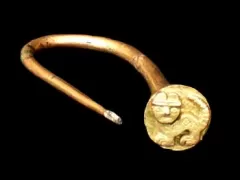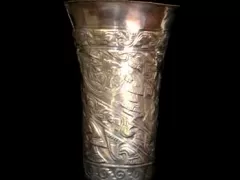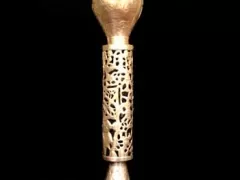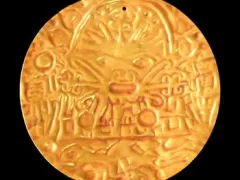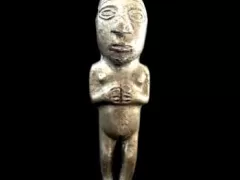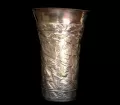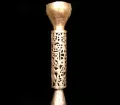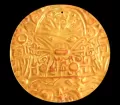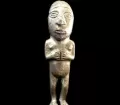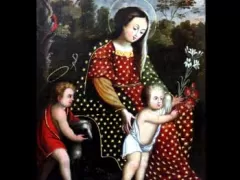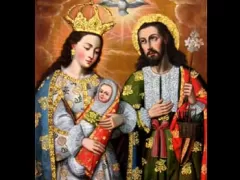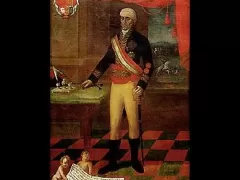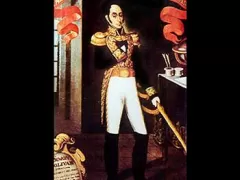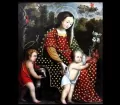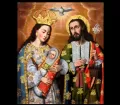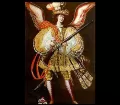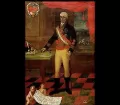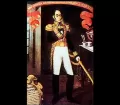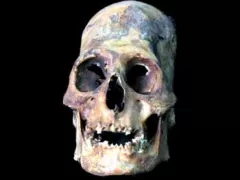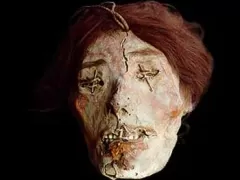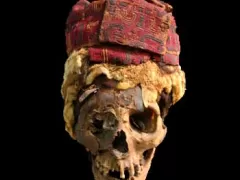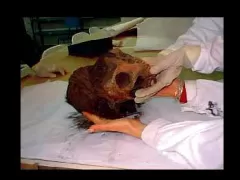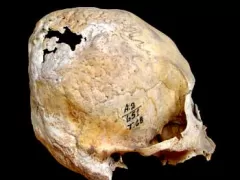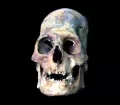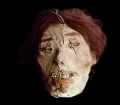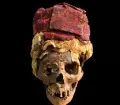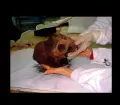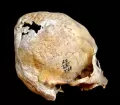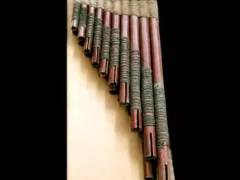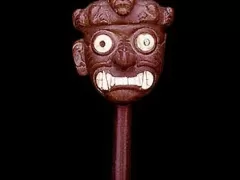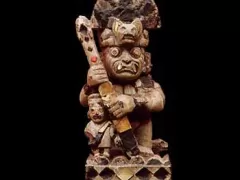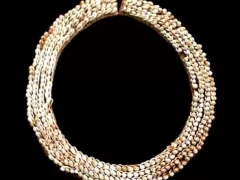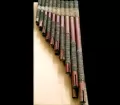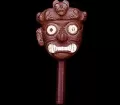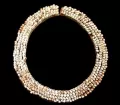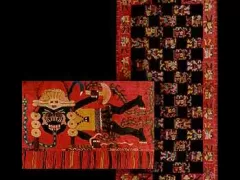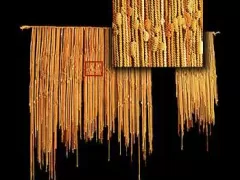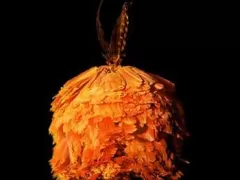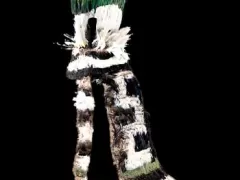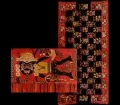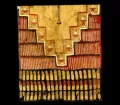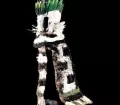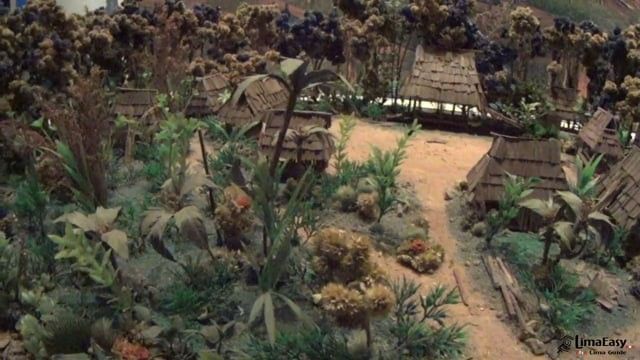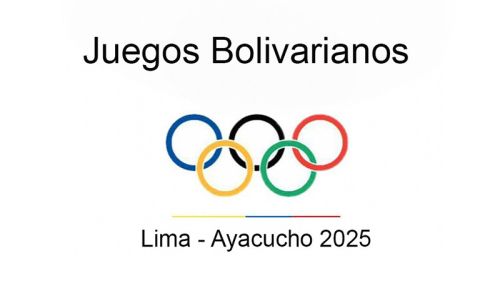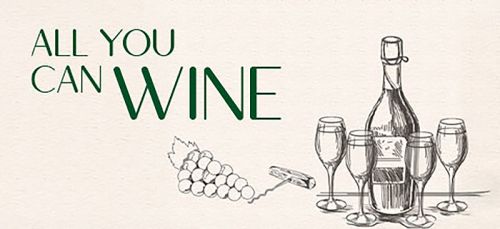Founded in April 1826, the National Museum of Archaeology, Anthropology and History of Peru (MNAAHP) is Peru's oldest state museum. On display is a wide range of perfectly preserved pre-Hispanic ceramics, textiles, metals, organic materials and lithic's. Objects of historic-artistic value are exhibited. The documentary, photographic and bibliographic collections tell the story of Peru in the Colonial and Republican time.
The museum is housed in an old colonial mansion. The historic architecture offers an ideal place where everyone can discover, relive, and question the life experiences of our ancestors. The museum invites national tourists and foreigners, children and adults, researchers and academics, cultural and entrepreneurial institutions and the public to enjoy and experiment with the different activities and make use of the spaces the museum offers.
Lithic's Gallery
The MNAAHP Lithic's Department presently has nearly 20,000 archaeological pieces from different areas in Peru and every period of the country's cultural history. From the first instruments elaborated since approximately 12,000 B.C., which show evidence of hunting and gathering activities, to the sumptuary and religious objects corresponding to later times.
Among the collections are instruments used for the development of subsistence labour: projectile points, knives, scrapers, axes, hoes, mortars, grinding stones, hammer stones, etc.; instruments used manufacturing ceramics and metal pieces: polishers, small anvils, hammers, repousse hammers, etc.; art objects possibly used in rituals: sculptures of deities that ornamented temples, vessels finely worked with images of mythological beings, beads for necklaces, sculptures of animals and plants, among others.
Ceramics Gallery
The Ceramics Department displays over 65,000 pieces from the Chavín, Paracas, Pukara, Nazca, Moche, Lima, Tiwanaku, Wari, Lambayeque, Chincha, Chimú, Chancay and Inca culture. The pieces mostly originates from archaeological excavations, donations and legal seizures. The collection includes pieces found by Max Uhle, Victor Larco Herrera and Julio C. Tello.
Metal Gallery
The Department of Metals houses a collection of approximately 11,000 pre-Hispanic metal pieces. These pieces represent the development of metallurgy of the central Andean region from the around 12,000 BC to the Incas. The museum exhibits a great variety of objects of gold, silver, copper and their alloys elaborated with sophisticated manufacturing and decorative techniques. This collection is made up of unique specimens such as the Paracas gold ornaments, the golden Pashash tupus, part of the Vicus collection from the elite tombs and the portrait jars from San Lorenzo, among others.
History Gallery
The Historical Collection of the MNAAHP is composed of approximately 4,500 pieces including canvases, sculptures, decorative art and movable cultural heritage of life of the Republican Period. One is the collection Emilio Gutierrez de Quintanilla accumulated since 1905, besides the oldest collection of the Viceroys on large canvases.
Human Remains Gallery
The collection of human remains at the MNAAHP comprises approximately 15,500 items from around 10,00 BC to 1500 AD, including funeral bundles, complete skeletons, skulls and parts of skeletons. Probably the most important objects belong to the Paracas collection. Other pieces mostly were found in from archaeological excavation sites around Nazca and Ancon, and Kuelap, Pachacamac, Cerro Trinidad, Lauri, Cerro del Oro, Pampa de las Animas, Armatambo, Cajamarquilla, Makat Tampu and others.
Organic Gallery
The Organic Gallery displays over 12,000 pieces, mostly of pre-Colombian origin. It contains probably the most important collection of objects made from organic material in Peru like wooden agricultural tools, rudders of pre-Colombian vessels, musical instruments (flutes, quenas, drums, ocarinas, whistles) and wooden idols up to 2.3 meters tall.
Textiles Gallery
The Textile Gallery comprises over 32,000 items. Among them are complete pieces and fragments from literally every Peruvian cultural period. The collection is considered being the world's second most important textile collection. Because of its artistic and technical quality and wealth of iconographic information in the depictions, the pieces from the Paracas cultures are probably the most spectacular and even on an international level highly recognized.


